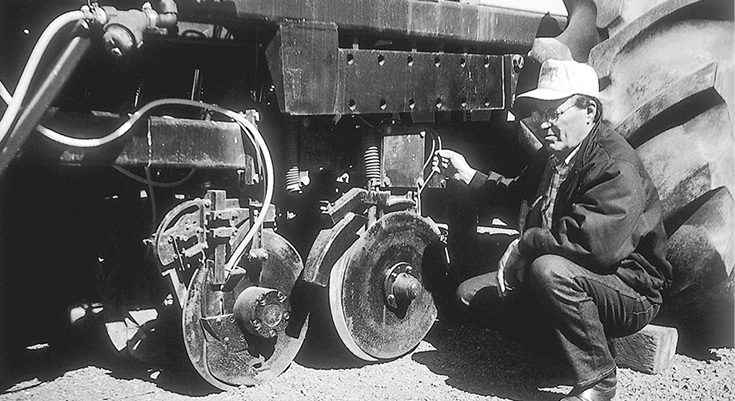No-Till Farmer
Get full access NOW to the most comprehensive, powerful and easy-to-use online resource for no-tillage practices. Just one good idea will pay for your subscription hundreds of times over.

LIKE MANY GROWERS, John Aeschliman has seen plenty of benefits from direct seeding. No-till is referred to as direct seeding in his northwest area of the country, and the Colfax, Wash., grower finds it’s especially important for conserving moisture and combating soil erosion.
Aeschliman and his son direct seed 4,000 acres on slopes that are as steep as 60 percent with limited rainfall. He’s been direct seeding for more than 30 years in what is known as the Palouse area of eastern Washington and Oregon and western Idaho that is famous for producing extremely high wheat yields with limited moisture.
The basic 3-year rotation is winter wheat, spring barley and spring wheat. In addition, they direct seed garbanzo beans, peas, lentils, canola, mustard, sunflowers and corn.
When Aeschliman took over the multi-generation family operation, he decided there had to be a better way to farm than with intensive tillage and a fallow program. “The amount of erosion that still occurs in our area is incredible, but not in our operation since we switched to direct seeding,” he says. “You can be really great about taking care of farming’s resources, which is stewardship. But you also have to consider economics because you have to stay in business. And direct seeding lets us do both,”
The Aeschliman operation is spread over a 20-mile area where annual rainfall ranges from 15 to 20 inches. Aeschliman relies on standing stubble to hold valuable winter snows to recharge the soil’s water table.
…